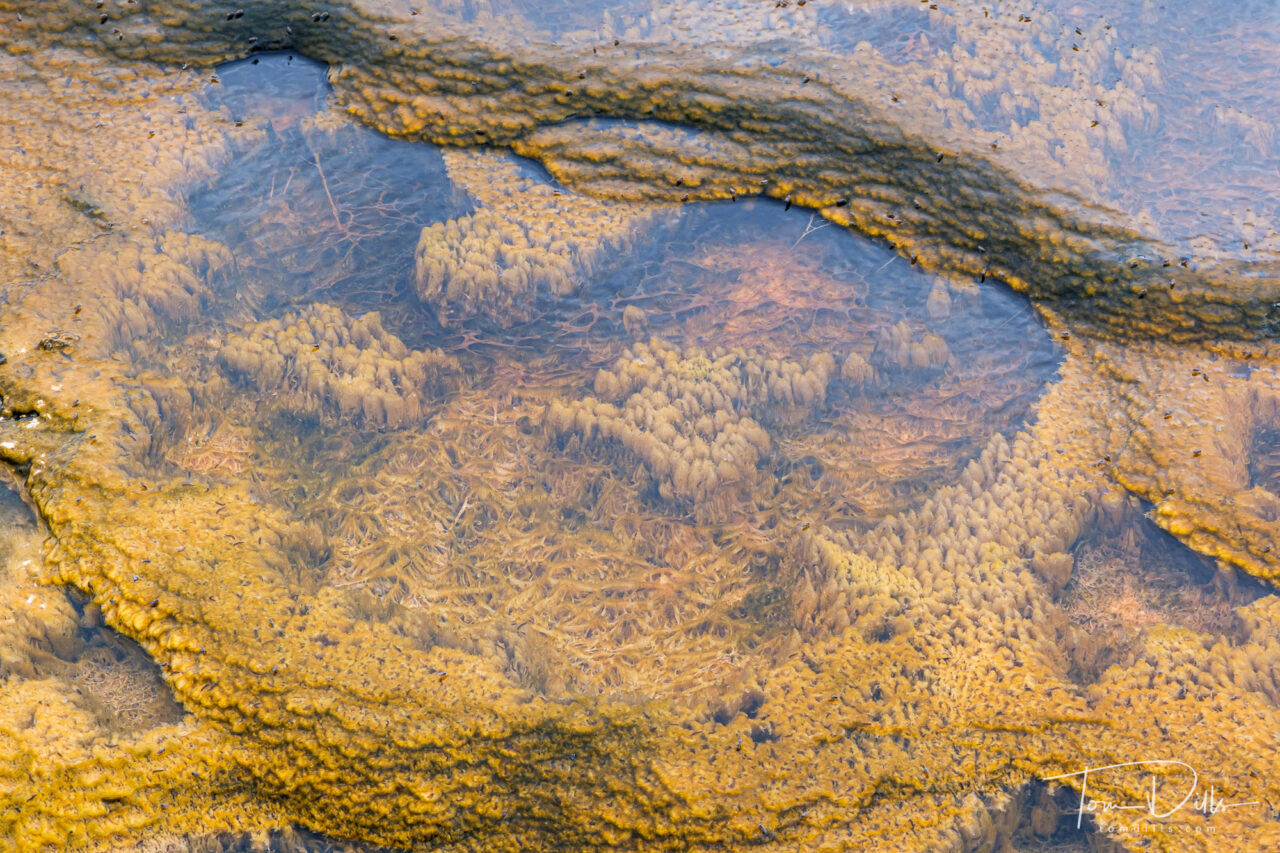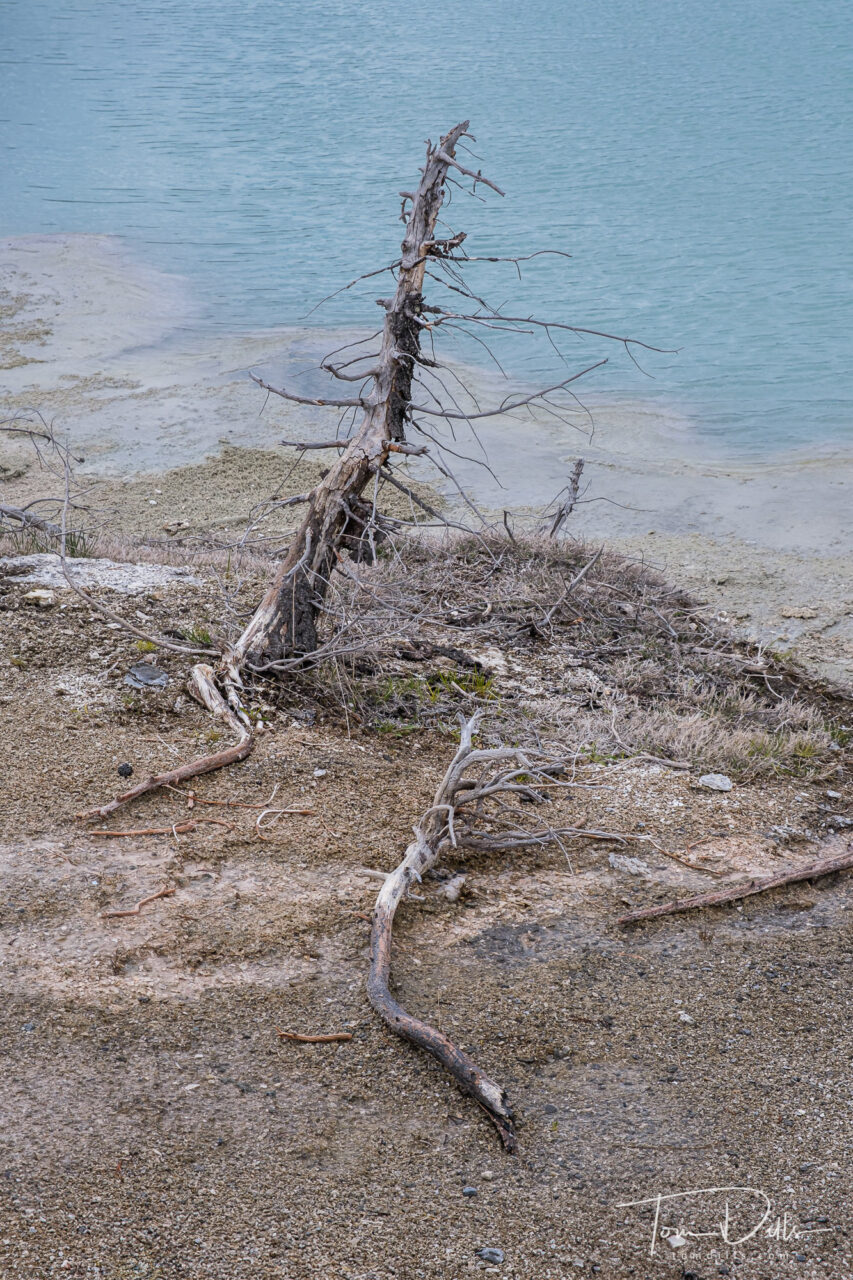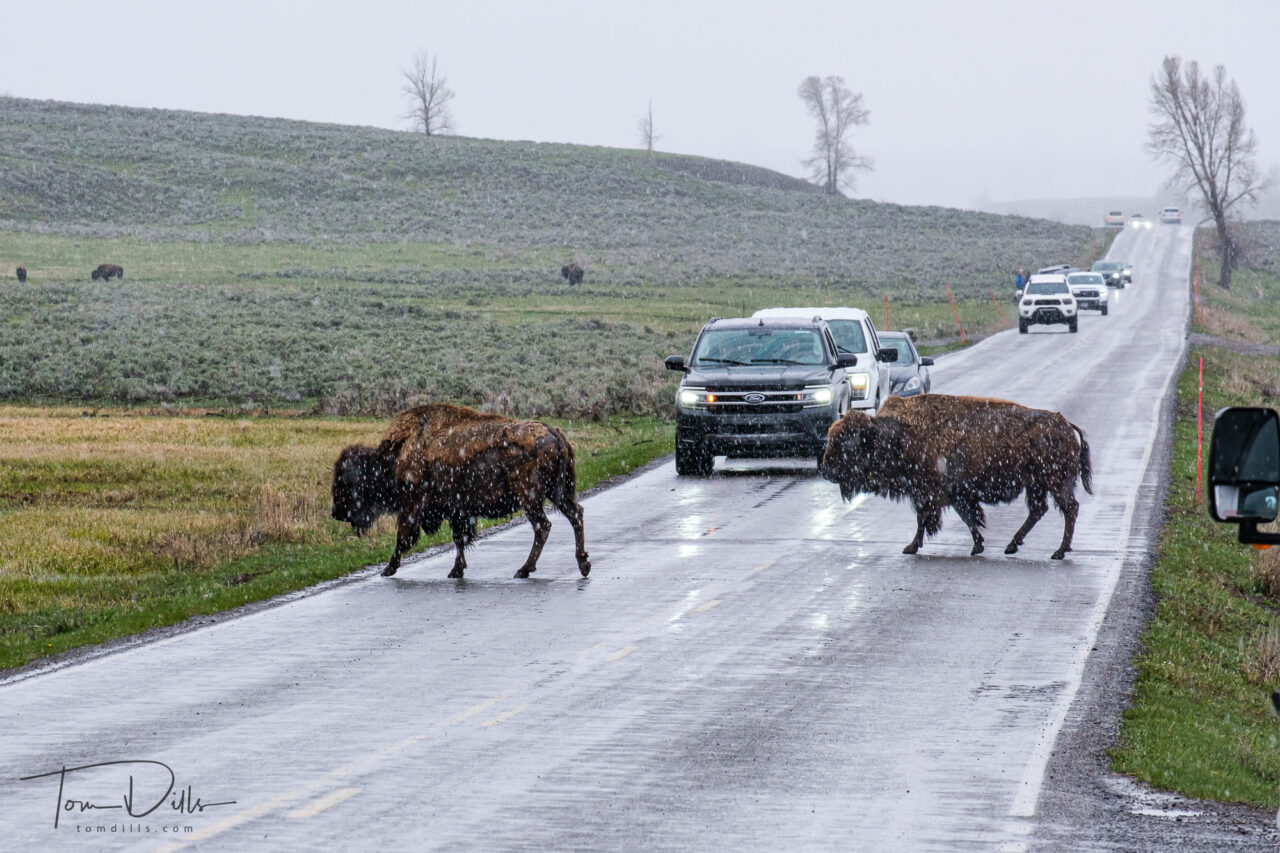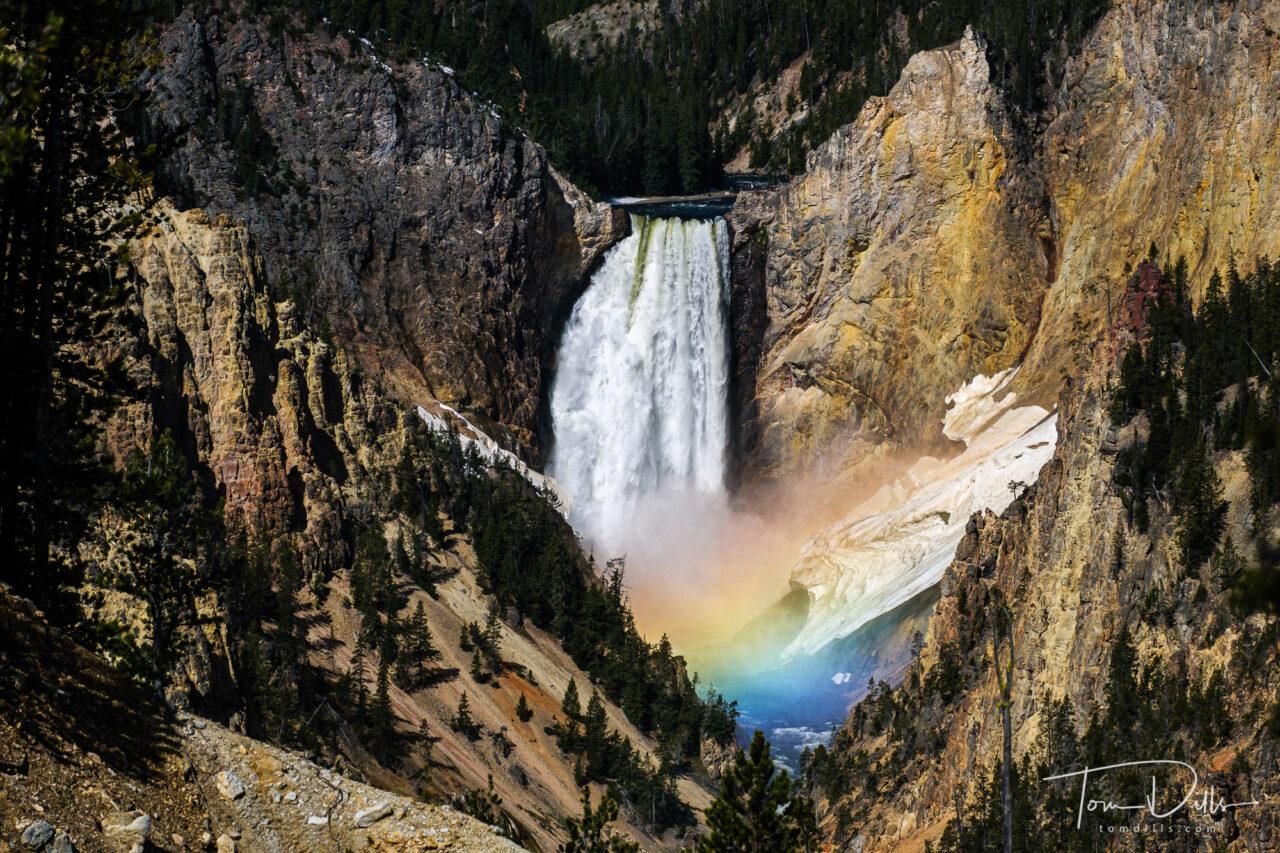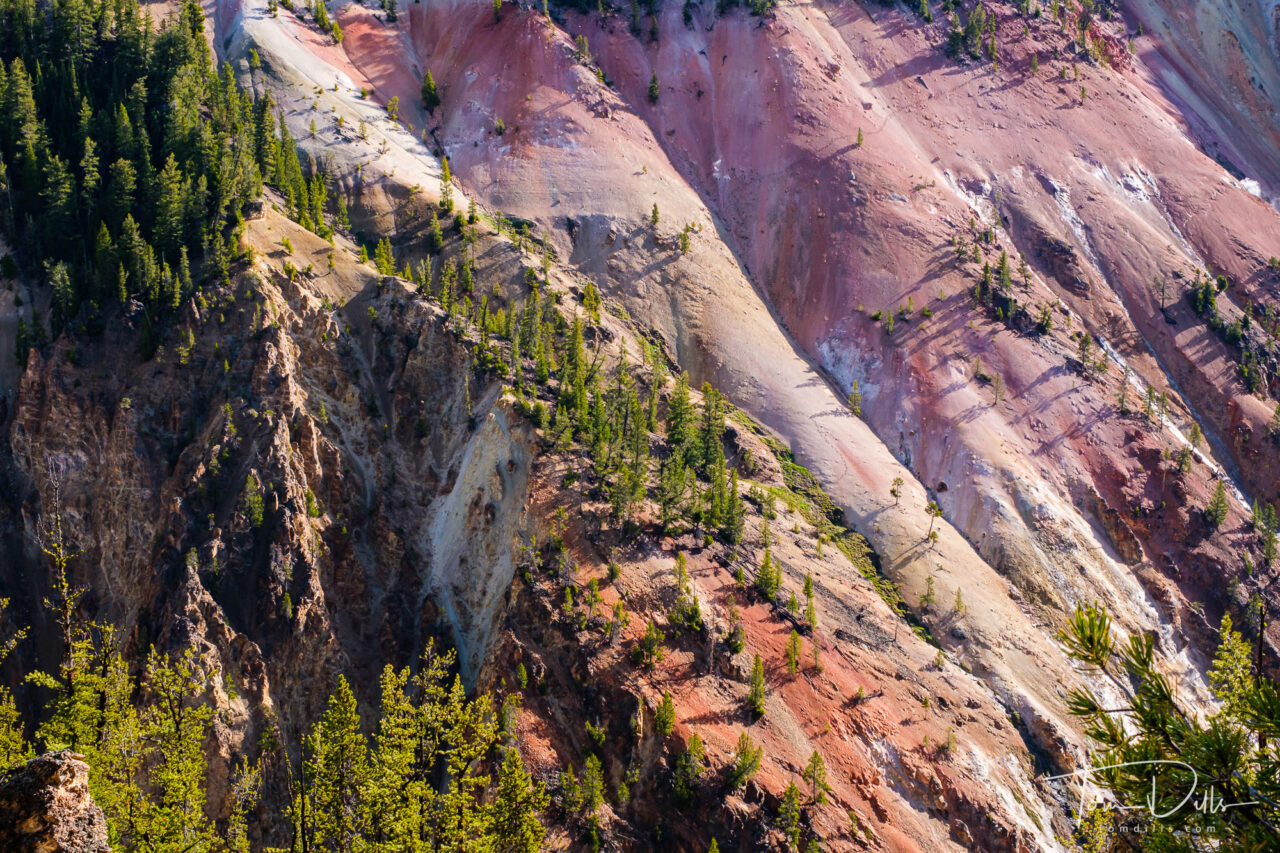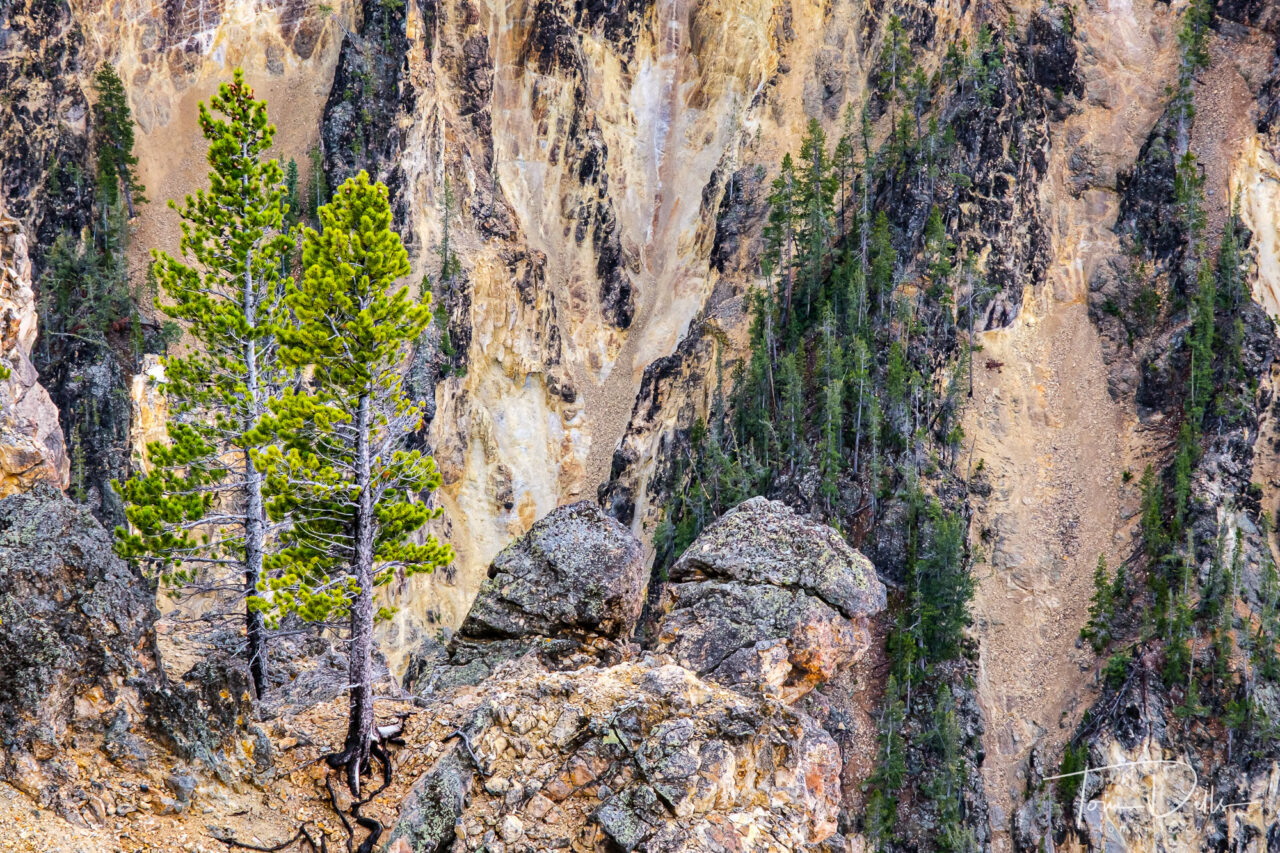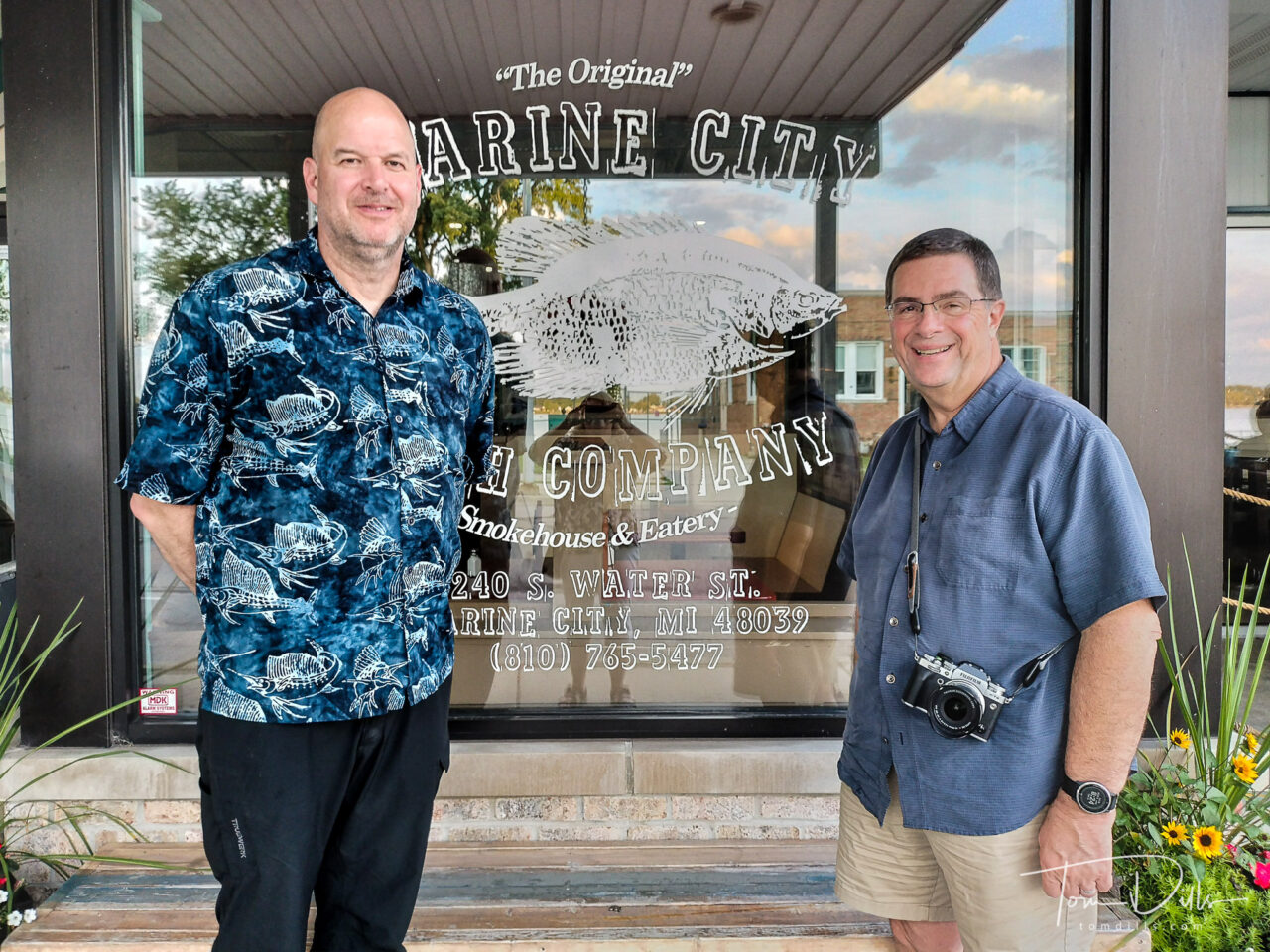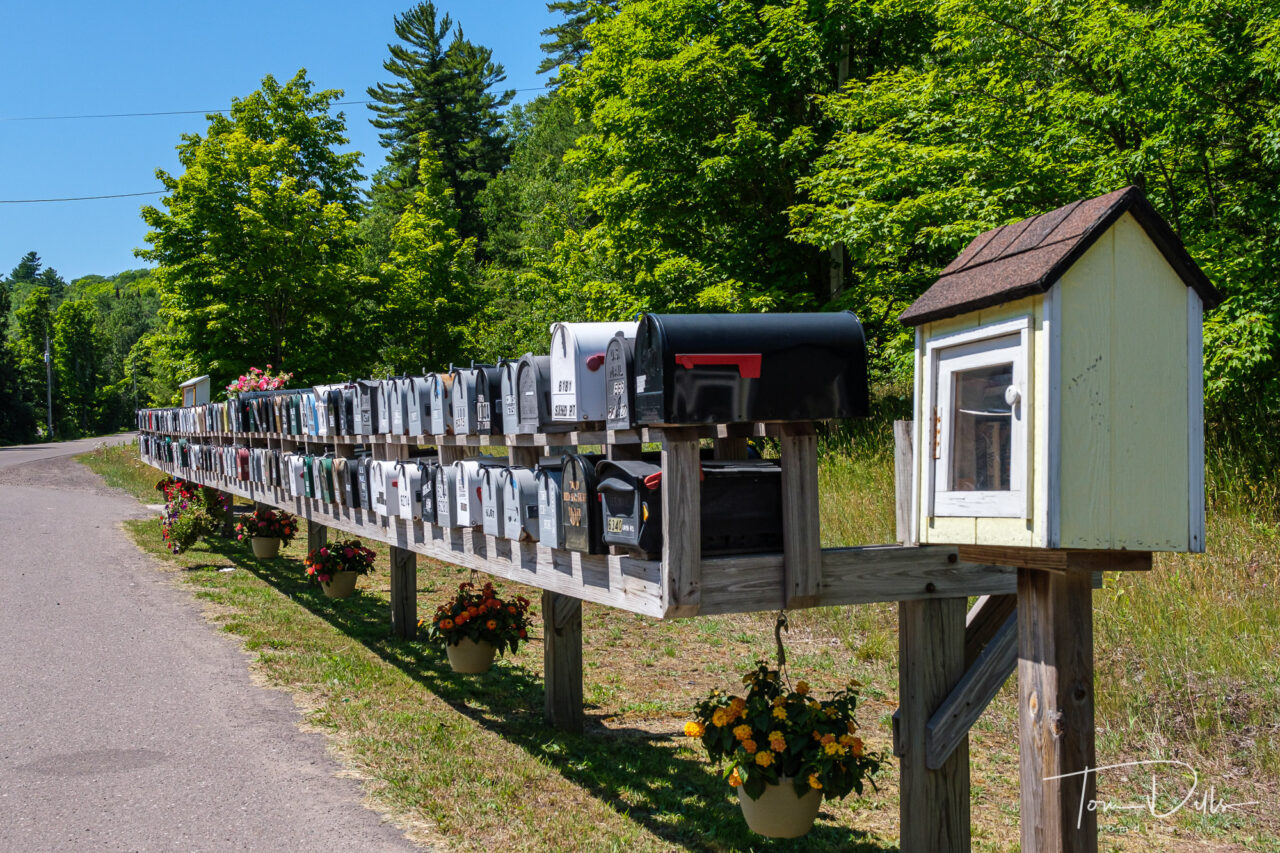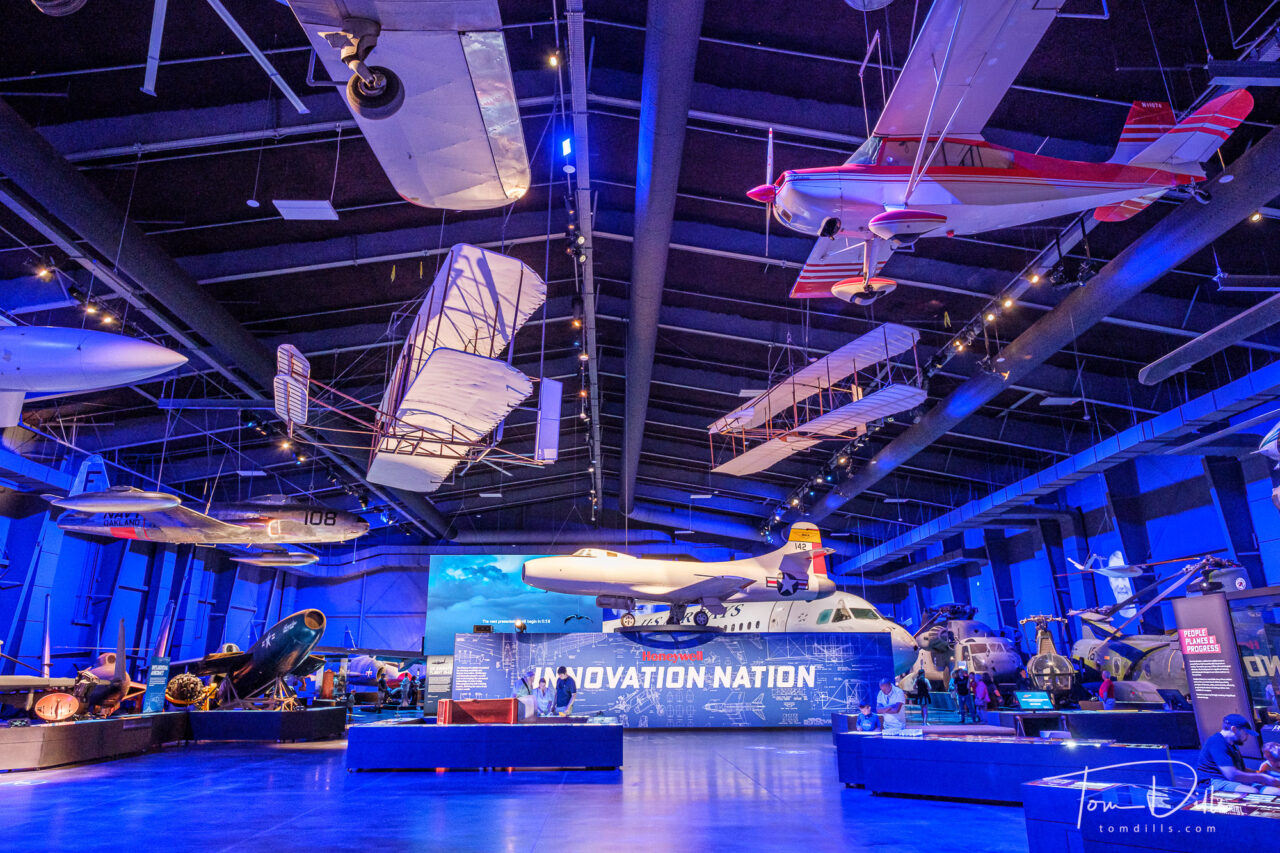
The former Carolinas Historical Aviation Museum, located on the grounds of Charlotte Douglas International Airport, closed several years ago to make way for a runway expansion. It recently reopened as the rebranded ‘Sullenberger Aviation Museum.’
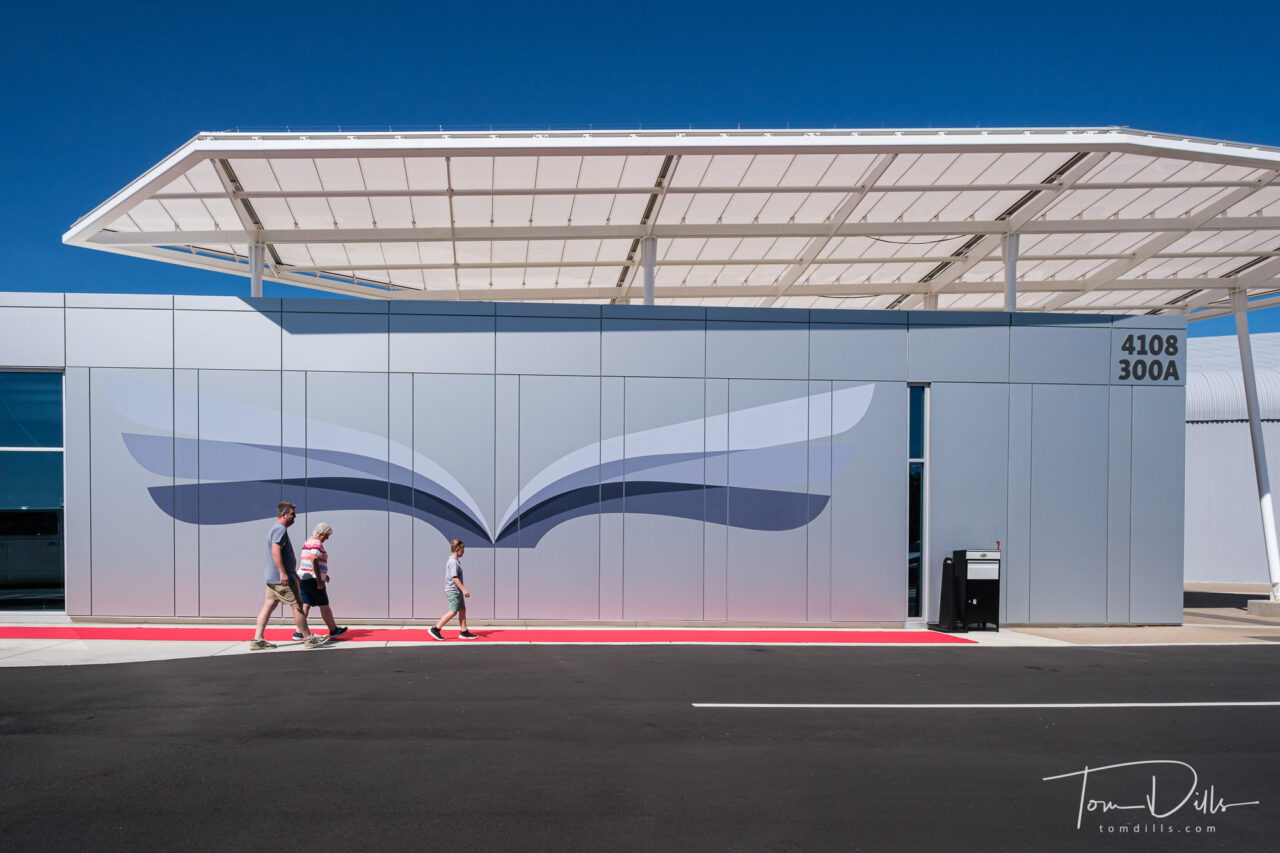

Chesley Burnett “Sully” Sullenberger III is the pilot credited with saving the lives of all passengers and crew aboard US Airways Flight 1549 on January 15, 2009, when he ditched the plane, landing on the Hudson River after both engines were disabled by a bird strike. This event has been known as “The Miracle on the Hudson.“

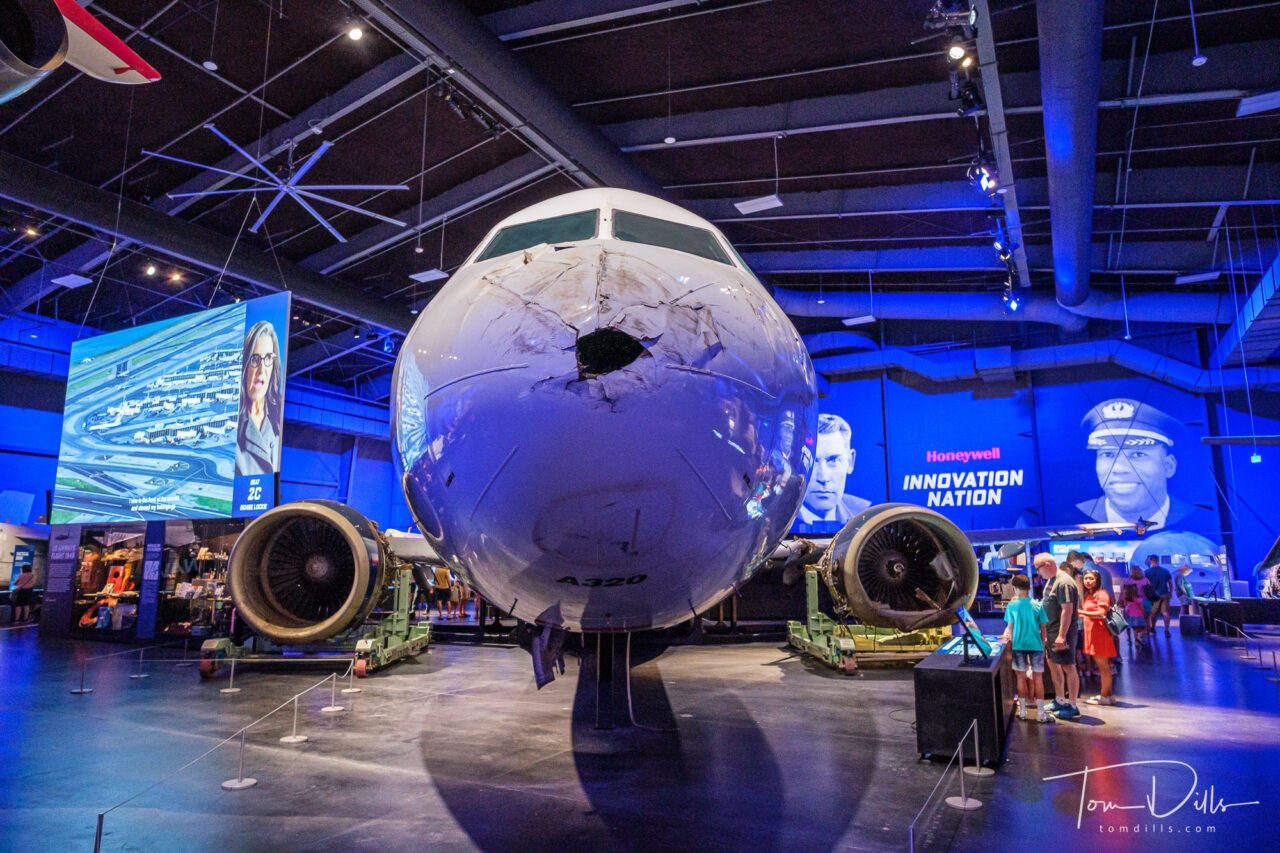






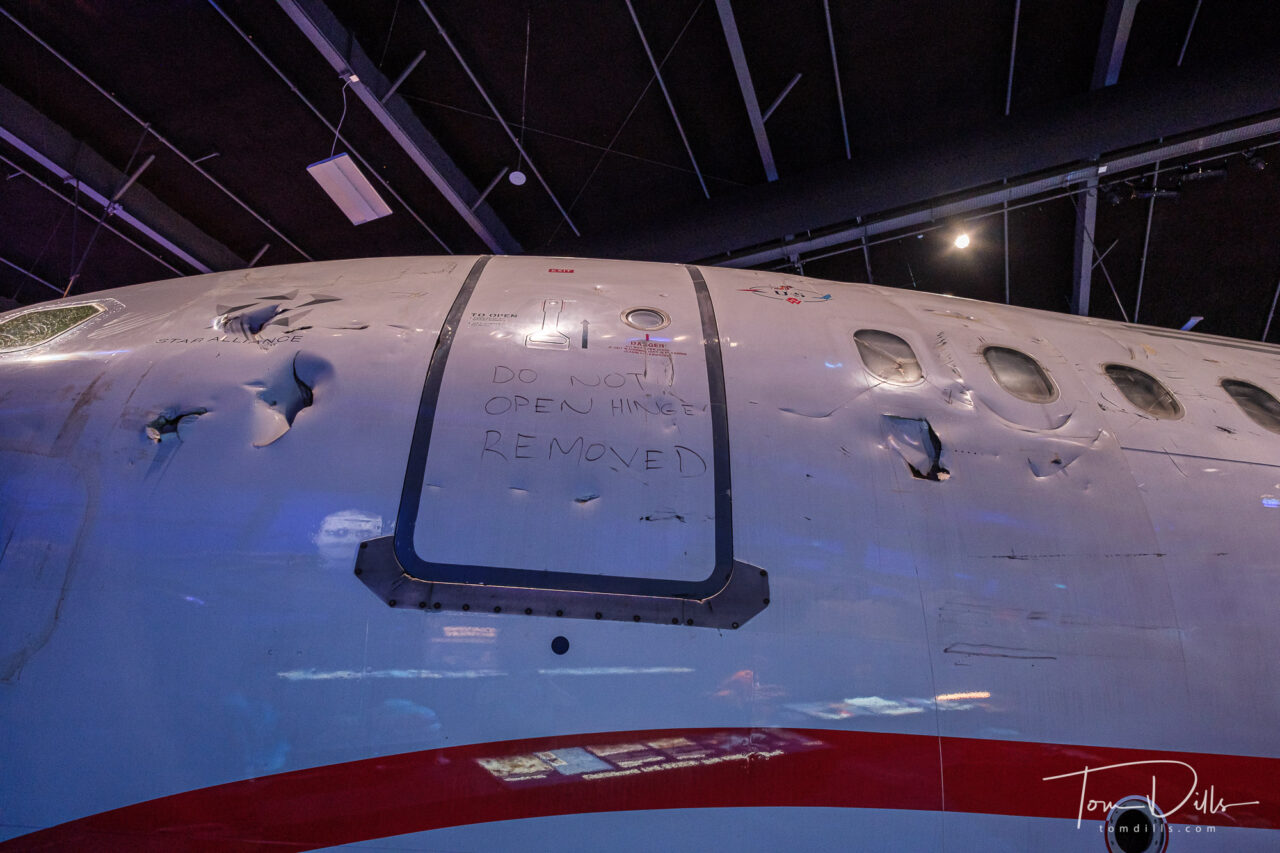
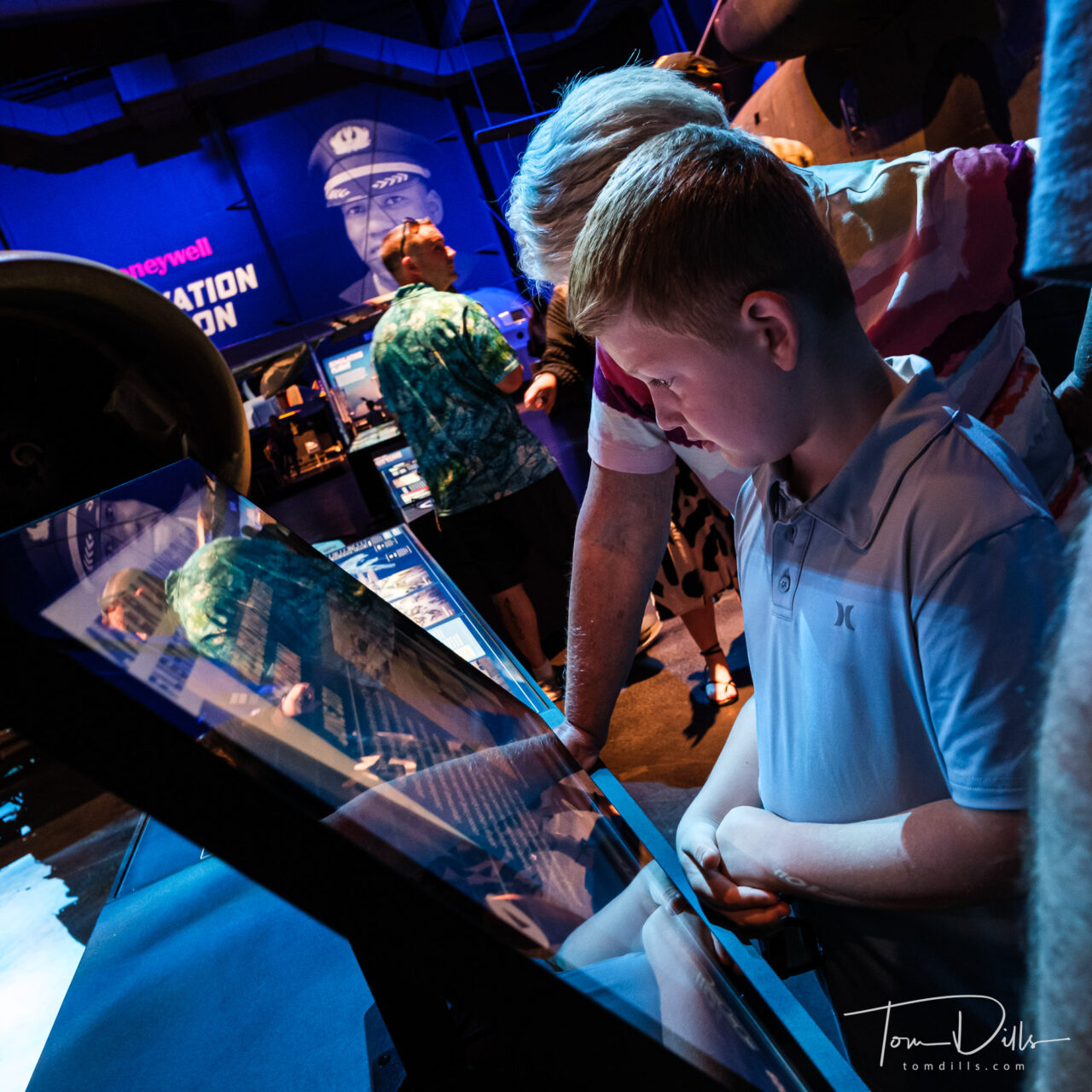
Flight 1549 had just departed LaGuardia airport in New York City bound for Charlotte when the accident occurred. Since the plane was bound for Charlotte, a number of passengers were from Charlotte, including a number of high level officers of several area companies. Their influence allowed for the creation of the new organization and a campaign to have the salvaged aircraft brought to Charlotte as the centerpiece of the new museum.


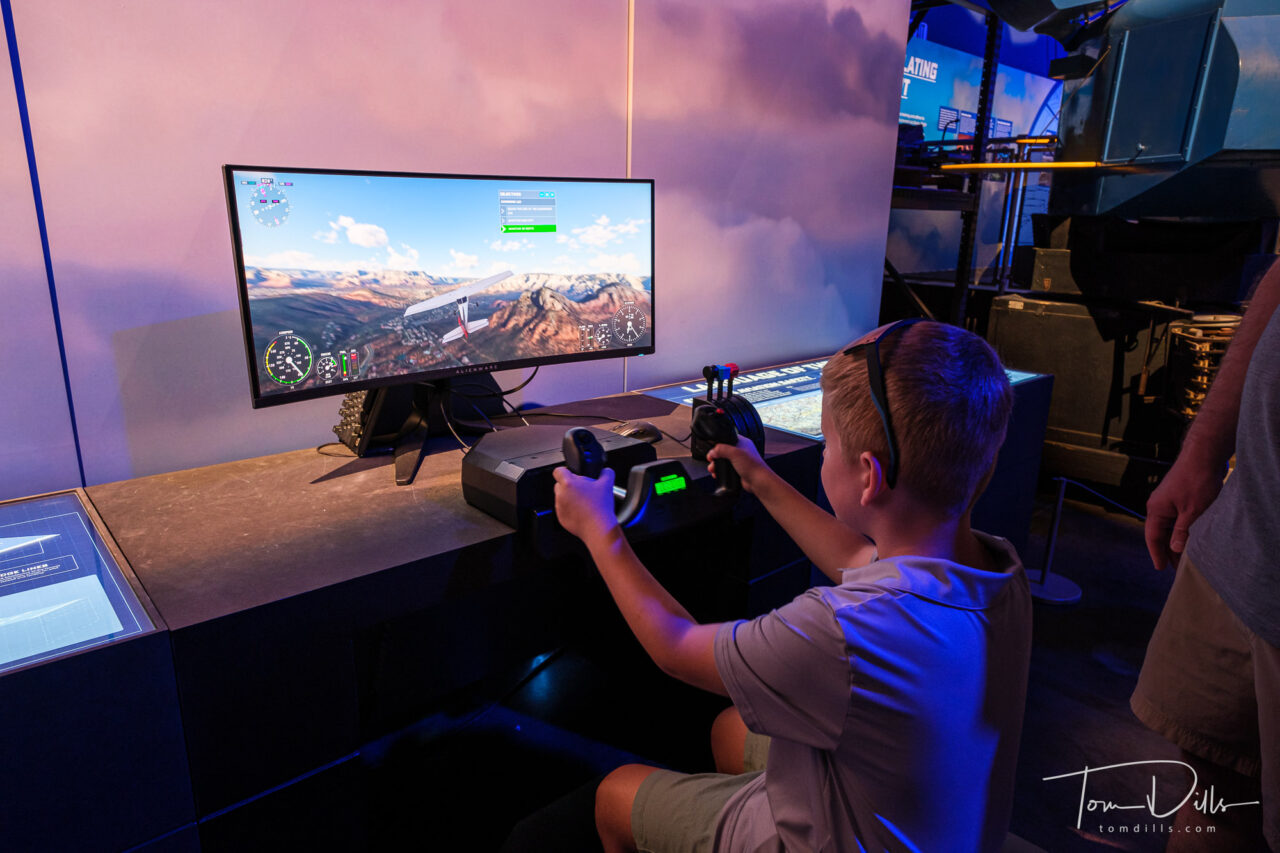


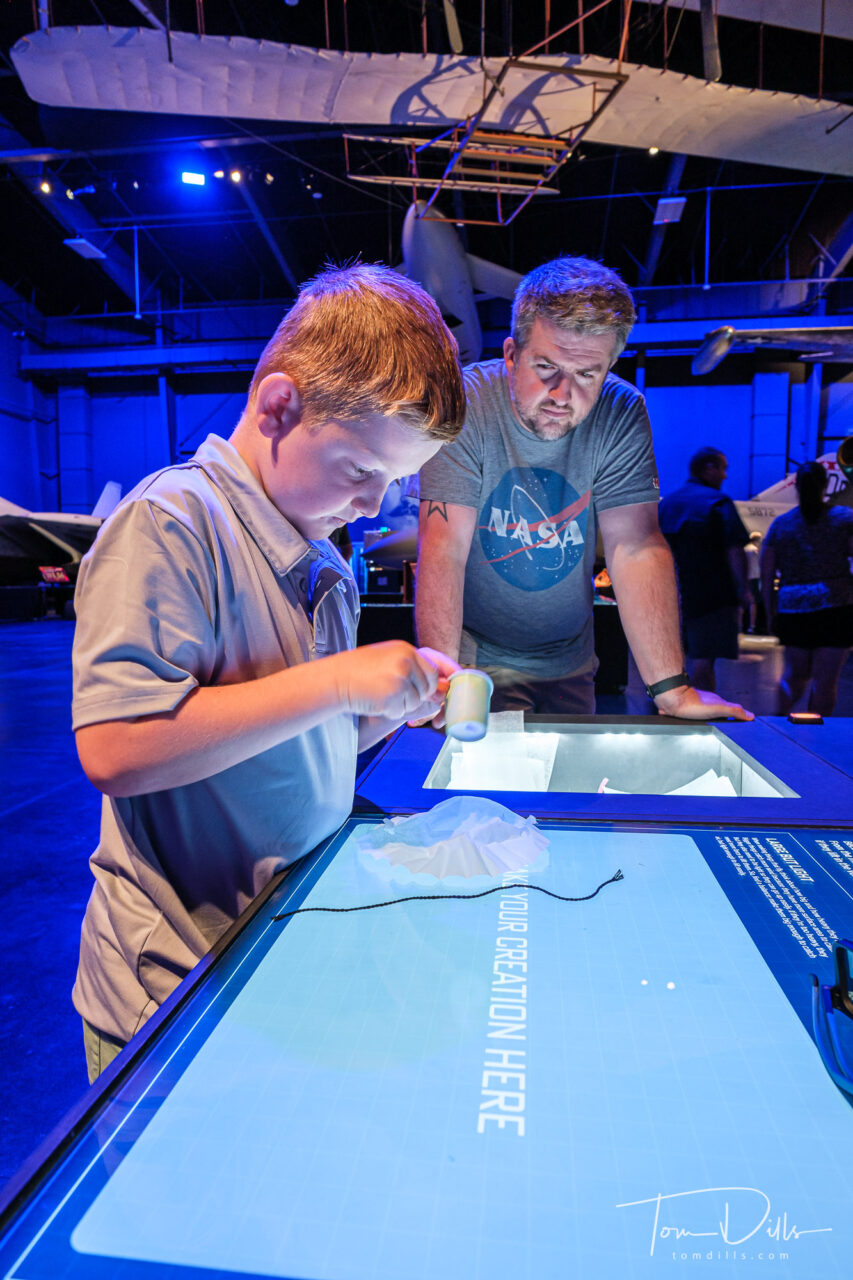
Kathy & I visited the Sullenberger Aviation Museum shortly after it opened in early June along with our son and grandson. It is a very nicely done tribute to Flight 1549 as well as a showcase for the aircraft housed in the previous museum. In addition to the aircraft from Flight 1549, there are a number of military, corporate and civilian aircraft on display, as well as a number of hands-on spaces for kids both small and large. We enjoyed our time there and look forward to returning.
















